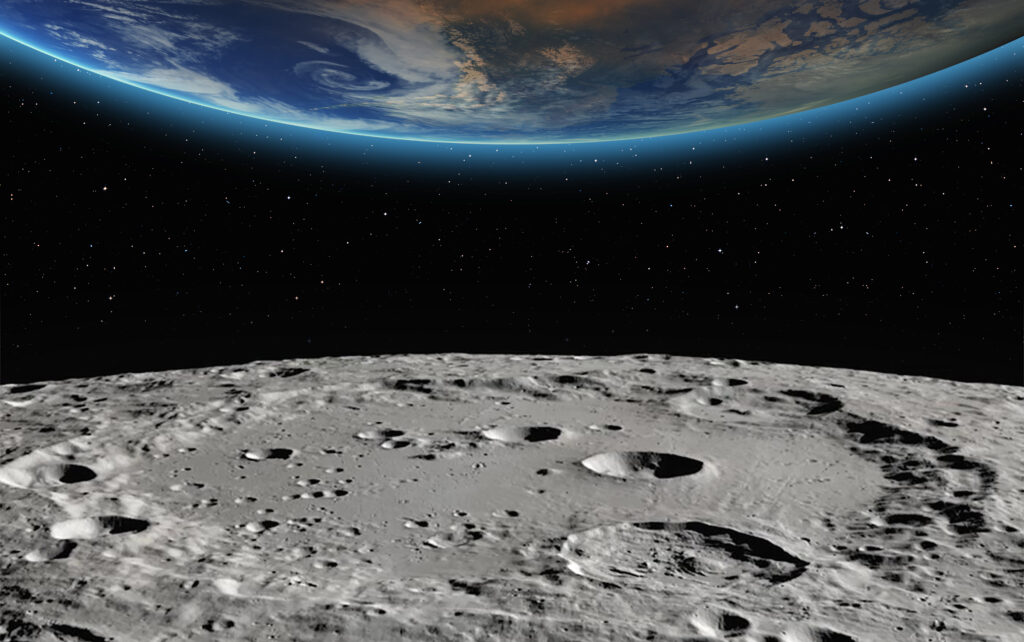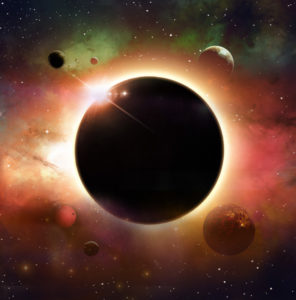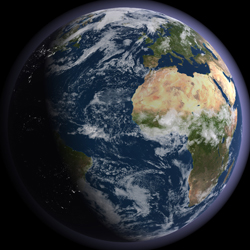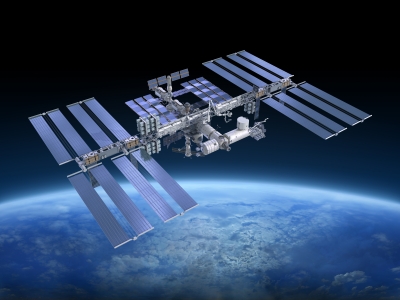People who know me well have, at some point, heard me hold forth on the subject of Antarctica. It’s a passion of mine, though I’ve never been there. The forgotten continent is like the Sirens, pulling those who dare to trespass upon the ice back to one of the bleakest places on Earth.
I have consumed many accounts of life there, and have configured my internet services to deliver me news reports that deliver little crumbs of information. Anything that mentions Antarctica crosses my screen.
My fascination derives from boyhood dreams of space. Young visions of piloting starships and traversing Martian landscapes – visions of adventure, glory, and alien encounters – shattered in daylight on a January day in 1986 as I sat cross-legged on an elementary school gymnasium floor. It would be years before I saw 2001: A Space Odyssey, but watching the Challenger disintegrate into a fiery end, I immediately understood one of its central lessons: space is not glamorous, glorious, or any more alien than many of the places on our planet. Space is cold, unemotional, and unforgiving. It is intolerant of error, and it is lonely. And despite these things, it is where any future humans can hope to have must lie.
I will never go into orbit, but Antarctica, that’s the next best thing. Cold. Unforgiving. Intolerant of error. Nearly devoid of life except that which we import and resupply, it is where we troubleshoot the logistical problems of sustaining remote and isolated human colonies. Having spread across six other continents, it is our last terrestrial frontier.
No, I will never float among celestial bodies and listen to the low murmur of the universe rippling deep in the dark silence of space. But there is another place where we pursue science, a place closer to home, where I can be cold and alone and maybe catch a stray shard of a broken childhood dream.
Like this:
Like Loading...




